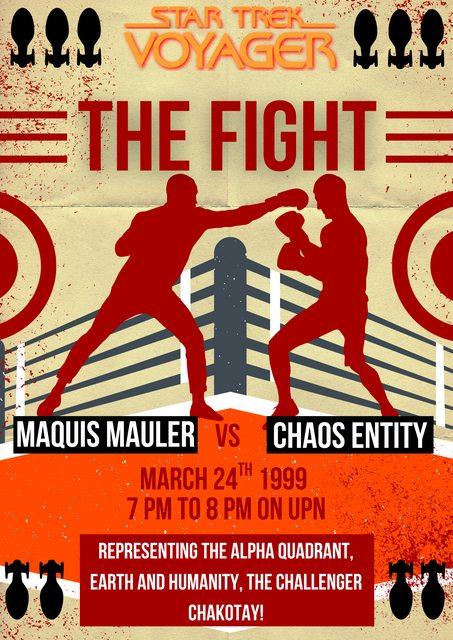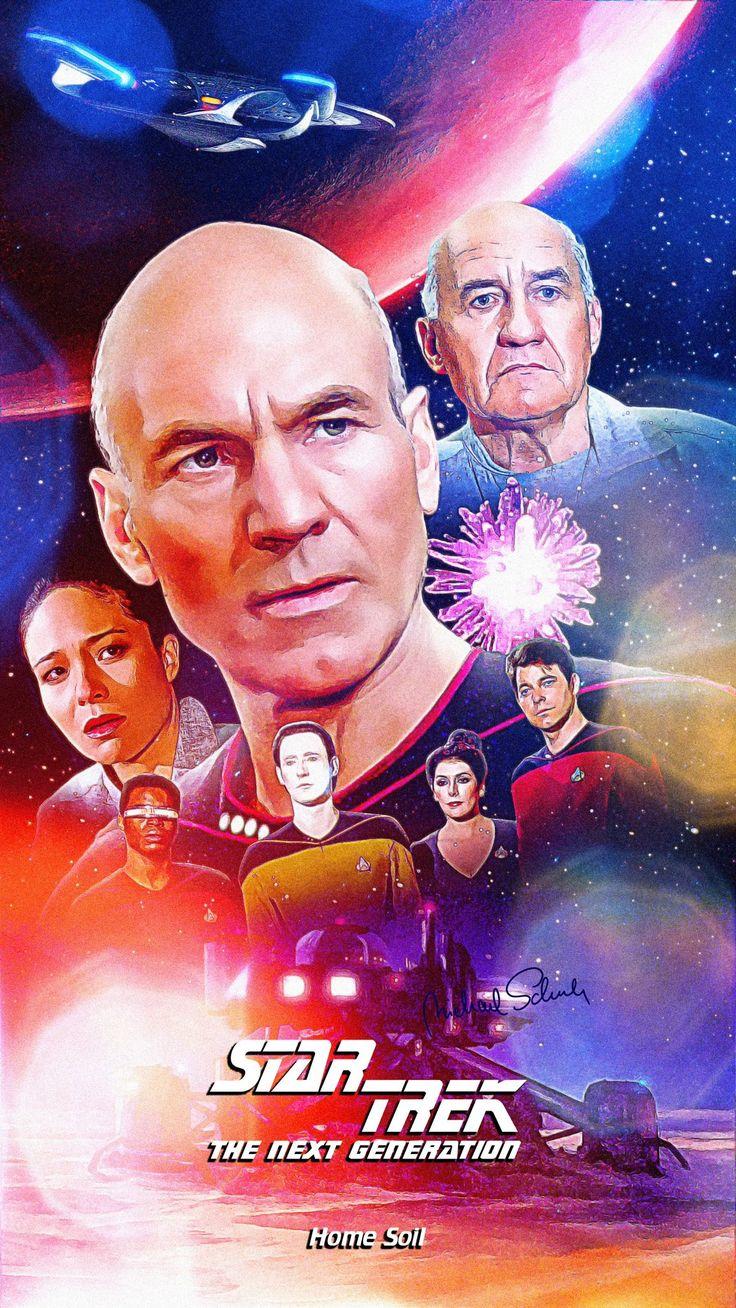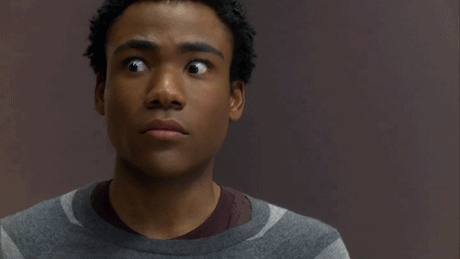Sulu dates the scans made by Enterprise of the Ceti Alpha system as Stardate 3143.1. TOS: “Space Seed”, according to the logs, takes place between Stardate 3141.9 and 3143.3. The latter log is apparently recorded just before the hearing where Kirk decides Khan’s (and McGivers’) fate. This is consistent with Kirk already having decided to offer Khan exile before the hearing commences.
The ban on genetic augmentation is such a core part of Star Trek lore now that it’s easy to forget that it was only inserted into continuity in DS9: “Doctor Bashir, I Presume” - Season 5, Episode 15, in 1997. Indeed, in episodes like TNG: “Unnatural Selection”, 9 years earlier, Picard and Pulaski come across a genetic manipulation program on Darwin Station and don’t even blink.
Lear asks why Kirk never checked on the “seeds he planted”, echoing Spock’s last words from “Space Seed”: “It would be interesting, Captain, to return to that world in a hundred years and to learn what crop has sprung from the seed you planted today.”
Ceti Alpha VI’s explosion places this episode six months into the exile, which is about two months after the previous episode where Khan and McGivers are married. McGivers confirms this a few minutes later into the episode.
Khan uses the same phrase (“laid waste”) as he does in ST II to describe the consequences to Ceti Alpha V of Ceti Alpha VI exploding.
Joachim’s advice to Erica about aiming the pointy end echoes a line from The Mask of Zorro, where Alejandro Murrieta is asked if he knows how to use a sword and replies, “The pointy end goes in the other man.”
McGivers relates the events of Zefram Cochrane’s first warp flight, making a warp-capable ship from a nuclear missile, and making contact with Vulcans, as chronicled in First Contact. She would be unaware of the involvement of time-traveling Borg and the crew of Enterprise-E, of course.
“Superior” is an adjective often used by and with Augments. In “Space Seed”, Spock notes that “superior ability breeds superior ambition,” a sentiment Archer echoes in ENT: “The Augments”. Khan describes McGivers as a “superior woman” as he accepts her going into exile with him. In ST II, Joachim and Kirk both refer to Khan as the “superior intellect”, although Kirk does so mockingly.
The alien is Delmonda of Elboria, many thousands of light years away, and they have journeyed two “spans”, presumably meaning years. I am not certain of the spelling of Elboria (and for a minute I thought he was saying El-Auria, i.e. Guinan’s system), but the Alborians are a reptilian race that appeared in the DS9 YA novel The Pet, and they don’t fit the description of these aliens.
McGivers quotes the first lines of Samuel Taylor Coleridge’s 1797 poem “Kubla Khan: or A Vision in a Dream”. Famously, Coleridge claimed he composed the entire poem in an opium-induced dream, but only managed to get a few stanzas down before he was interrupted by a “man from Porlock” on business, causing him to forget the 200-300 line poem.
The lines are also used in Orson Welles’ 1941 classic Citizen Kane to describe the opulent estate of the titular Charles Foster Kane, an extension of Kane’s ego and hubris but ultimately a crumbling ruin where he dies in isolation - foreshadowing the fate of Khan’s colony, perhaps?













